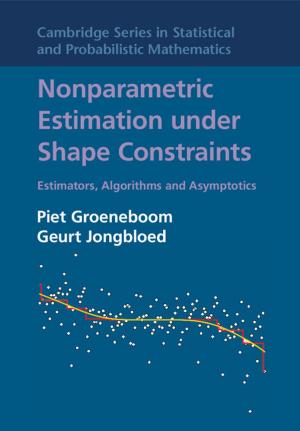Einstein's Unification
Nonfiction, Science & Nature, Science, Physics, General Physics, Other Sciences, History| Author: | Jeroen van van Dongen | ISBN: | 9781139637671 |
| Publisher: | Cambridge University Press | Publication: | June 10, 2010 |
| Imprint: | Cambridge University Press | Language: | English |
| Author: | Jeroen van van Dongen |
| ISBN: | 9781139637671 |
| Publisher: | Cambridge University Press |
| Publication: | June 10, 2010 |
| Imprint: | Cambridge University Press |
| Language: | English |
Why did Einstein tirelessly study unified field theory for more than thirty years? In this book, the author argues that Einstein believed he could find a unified theory of all of nature's forces by repeating the methods he thought he had used when he formulated general relativity. The book discusses Einstein's route to the general theory of relativity, focusing on the philosophical lessons that he learnt. It then addresses his quest for a unified theory for electromagnetism and gravity, discussing in detail his efforts with Kaluza-Klein and, surprisingly, the theory of spinors. From these perspectives, Einstein's critical stance towards the quantum theory comes to stand in a new light. This book will be of interest to physicists, historians and philosophers of science.
Why did Einstein tirelessly study unified field theory for more than thirty years? In this book, the author argues that Einstein believed he could find a unified theory of all of nature's forces by repeating the methods he thought he had used when he formulated general relativity. The book discusses Einstein's route to the general theory of relativity, focusing on the philosophical lessons that he learnt. It then addresses his quest for a unified theory for electromagnetism and gravity, discussing in detail his efforts with Kaluza-Klein and, surprisingly, the theory of spinors. From these perspectives, Einstein's critical stance towards the quantum theory comes to stand in a new light. This book will be of interest to physicists, historians and philosophers of science.















